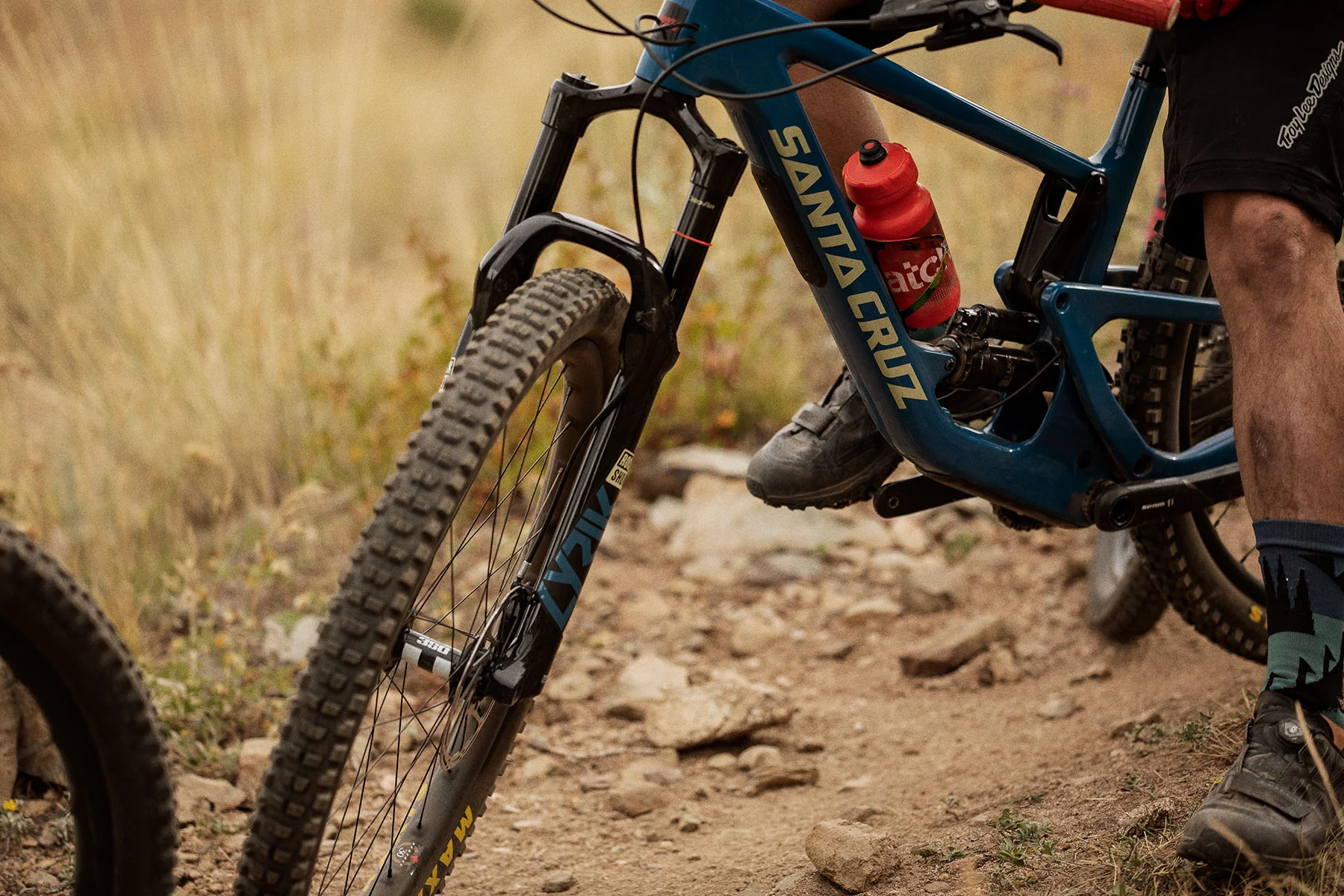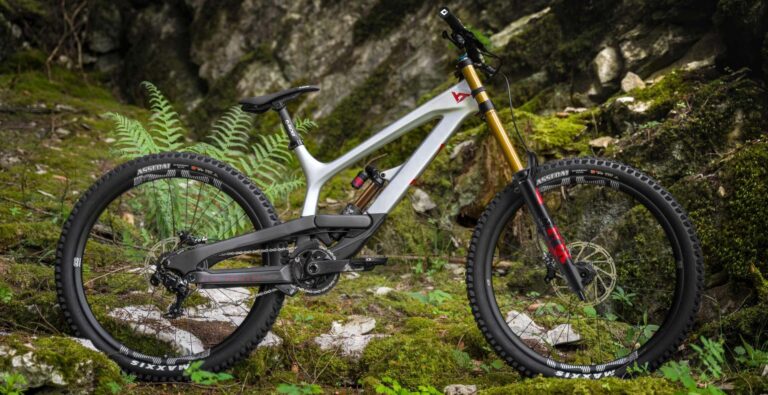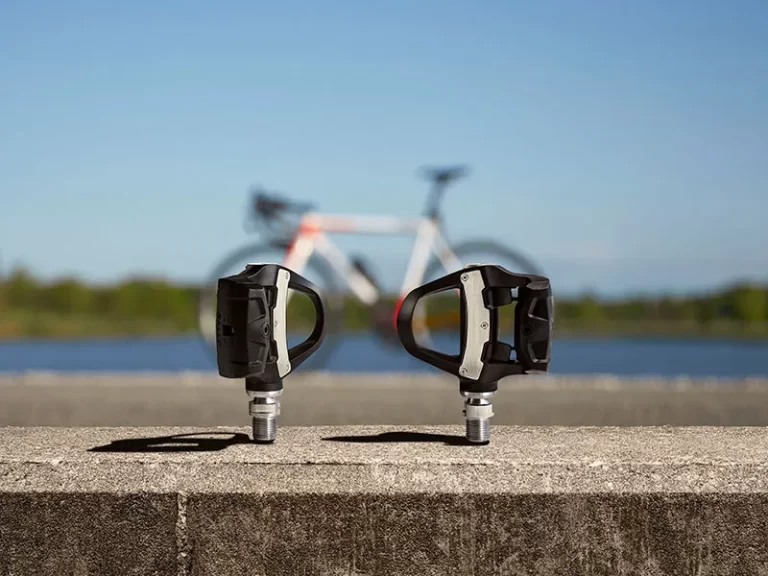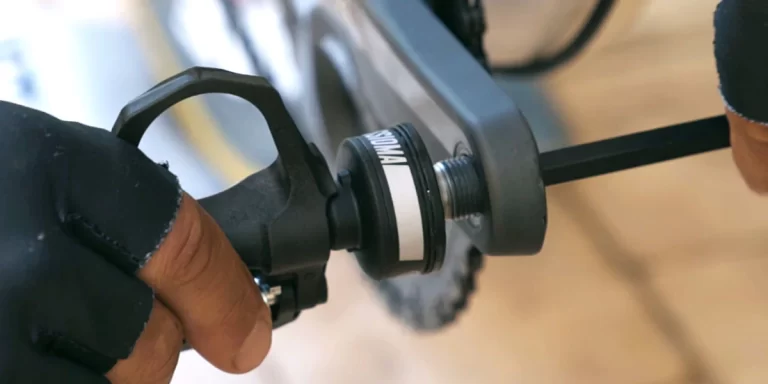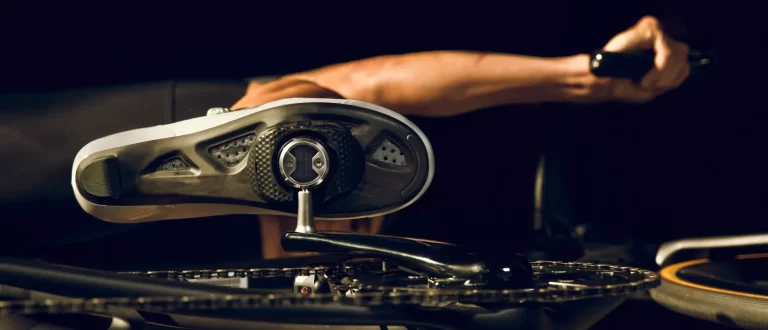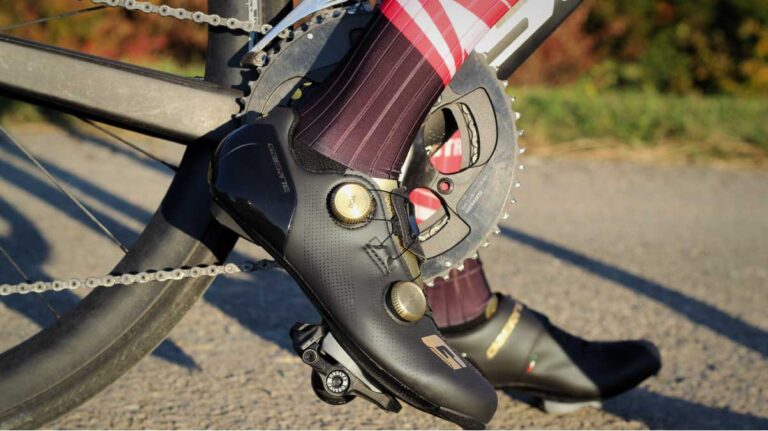Types of Bike Power Meters and Their Differences: Exploring the World of Bike Power Meters
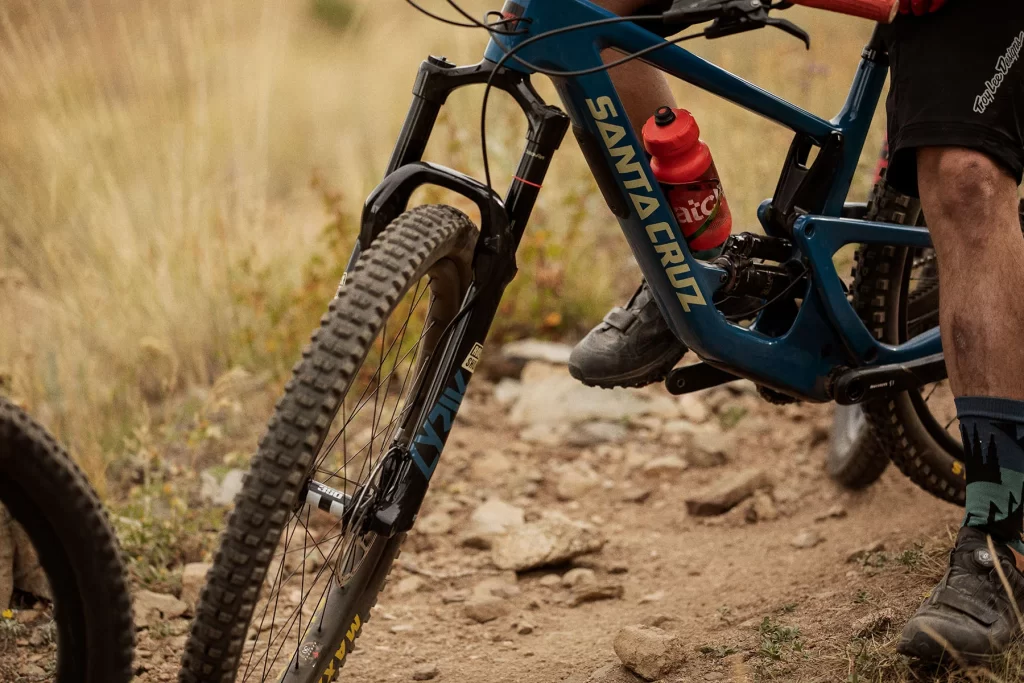
Key Point Summary of Types of Bike Power Meters and Their Differences:
- Power meters are invaluable tools for measuring cycling performance, offering insights that can guide training and racing strategies.
- There are three main types: crank-based, pedal-based, and hub-based, each with unique benefits and considerations.
- Understanding the differences between these types can help cyclists choose the right power meter for their needs.
Over the years, cycling has evolved from a simple mode of transportation to a complex sport enriched with technology, where every pedal stroke can be measured, analyzed, and improved upon. Among the tools that have made a significant impact on how we train and race, power meters stand out for their ability to provide direct feedback on our efforts.
Power meters have fundamentally changed how we approach cycling. By quantifying effort in watts, they allow us to train with precision, aiming for specific power zones that match our fitness goals. Whether you’re looking to improve your sprinting prowess, climb more efficiently, or simply track your progress over time, a power meter can be your guide.
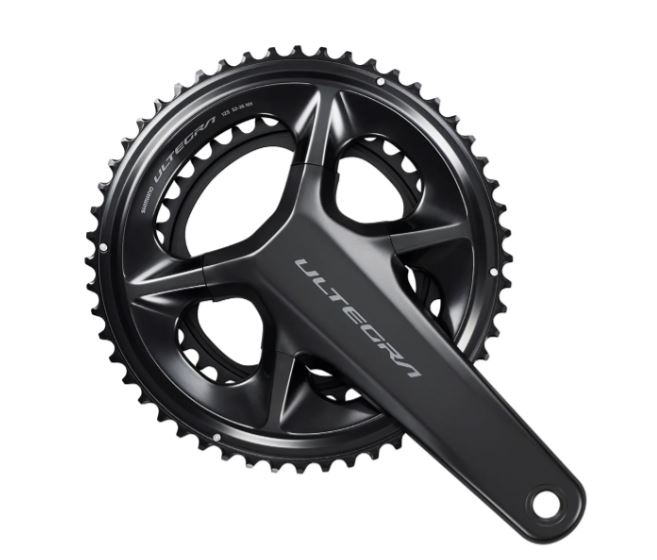
Crank-Based Power Meters
Crank-based power meters are among the most popular choices for cyclists. Integrated into the crankset, they measure power output at the crank arm or spider, providing a central point of data collection. This design means they’re less affected by external factors like changes in road or trail surface, making them highly reliable.
One of the key advantages of crank-based power meters is their accuracy. They’re typically precise within a narrow margin, offering consistent data across different riding conditions. Additionally, because they measure power directly from the drivetrain, they can offer insights into your cycling mechanics, such as how effectively you’re transferring power to the pedals.
However, compatibility can be a concern. Not every crank-based power meter will fit every bike, particularly if you’re switching between bikes with different bottom bracket standards. Installation can also be more involved, requiring a bit of mechanical know-how or a trip to your local bike shop.
Pedal-Based Power Meters
Pedal-based power meters have gained popularity for their ease of installation and versatility. As the name suggests, these power meters are located in the pedals, measuring force where your foot applies pressure. This design makes them incredibly easy to swap between bikes, appealing to cyclists who own multiple bikes or who want the flexibility to train on different setups.
One of the standout features of pedal-based power meters is the ability to measure left and right leg power independently. This can be a game-changer for addressing imbalances in your pedal stroke or focusing on symmetry in your training.
While pedal-based power meters offer convenience and valuable data, they can be more exposed to wear and damage due to their location. It’s also worth considering pedal compatibility, as you’ll need to ensure the power meter pedals are compatible with your cycling shoes and cleats.
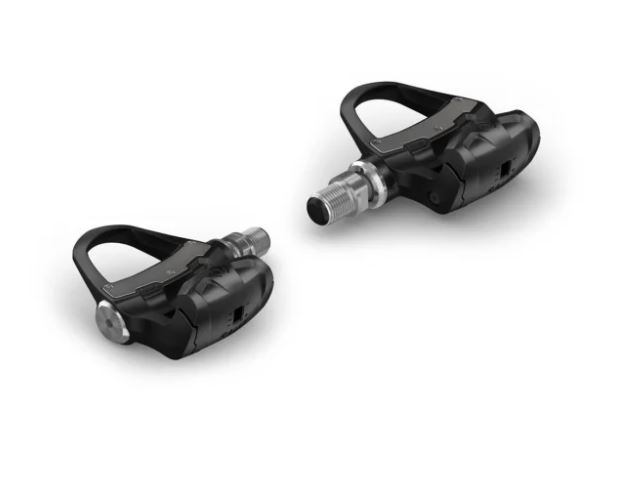
Hub-Based Power Meters
Hub-based power meters are integrated into the rear wheel’s hub, measuring power output as it’s transferred to the wheel. This type offers a distinct advantage in durability and weather resistance, as the power meter components are housed within the hub, and protected from the elements and road debris.
Hub-based power meters are known for their accuracy and reliability, providing consistent data regardless of changes in terrain or weather conditions. They’re also relatively easy to install, as they typically come built into a wheel that you can swap onto your bike.
The main limitation of hub-based power meters is their lack of portability between bikes. Because they’re part of the wheel, switching them between bikes means swapping the entire rear wheel, which might not be practical for all cyclists. Additionally, they don’t offer the same level of insight into pedaling dynamics as crank or pedal-based meters, as they measure total power output rather than the specifics of each pedal stroke.
Final Thoughts
The choice between crank-based, pedal-based, and hub-based power meters comes down to your specific cycling needs, preferences, and goals. Each type offers distinct advantages, whether it’s the detailed analysis of pedal dynamics, the flexibility to switch between bikes, or the durability to withstand harsh conditions.
As you consider integrating a power meter into your cycling regimen, think about what matters most to you: Is it the precision and insight into your mechanics, the convenience of portability, or the reliability across all riding conditions? Reflecting on these questions can help guide you to the power meter that will best support your journey as a cyclist, enhancing your training, performance, and enjoyment of the sport.
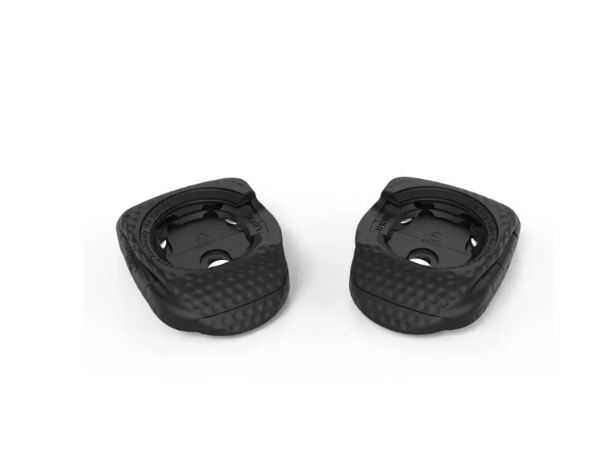
Choosing the best power meter pedals depends on factors such as accuracy, compatibility, ease of transfer between bikes, and additional features like dual-sided power measurement. Based on these criteria, here are some of the top power meter pedals on the market:
1. Garmin Rally Series
- Key Features: The Garmin Rally pedals come in various models to suit different cleat systems (Rally RS for Shimano SPD-SL, Rally RK for LOOK KEO, and Rally XC for Shimano SPD, making them suitable for road, gravel, and mountain biking). They offer dual-sided power measurement, providing detailed insights into left/right balance, cadence, and cycling dynamics.
- Best For: Cyclists looking for versatile, high-accuracy pedals with detailed data analysis capabilities across different disciplines.
2. Favero Assioma Duo
- Key Features: Favero Assioma Duo pedals are known for their precision, reliability, and easy installation. They provide dual-sided power measurement and are compatible with LOOK KEO cleats. These pedals are also praised for their long battery life and robust design.
- Best For: Road cyclists seeking accurate, reliable power data and straightforward setup and maintenance.
3. SRM X-Power
- Key Features: Designed specifically for off-road use, the SRM X-Power pedals are one of the first to offer reliable power measurement for mountain bikers. They feature a durable construction to withstand the rigors of off-road riding and provide dual-sided power data.
- Best For: Mountain bikers and gravel riders needing durable, accurate power measurement in challenging conditions.
4. PowerTap P2
- Key Features: Although PowerTap has transitioned out of the power meter market, the P2 pedals are still revered for their accuracy and ease of use. They offer dual-sided power measurement, are relatively lightweight, and have a decent battery life. They’re compatible with LOOK KEO cleats.
- Best For: Cyclists who can find a pair and are looking for a reliable, straightforward power meter solution from a well-established brand.
Each of these power meter pedals has its strengths, catering to different types of cyclists and their specific needs. Whether you’re a competitive road racer, a gravel grinder, or a mountain bike enthusiast, there’s a power meter pedal out there that can help take your training and performance to the next level.
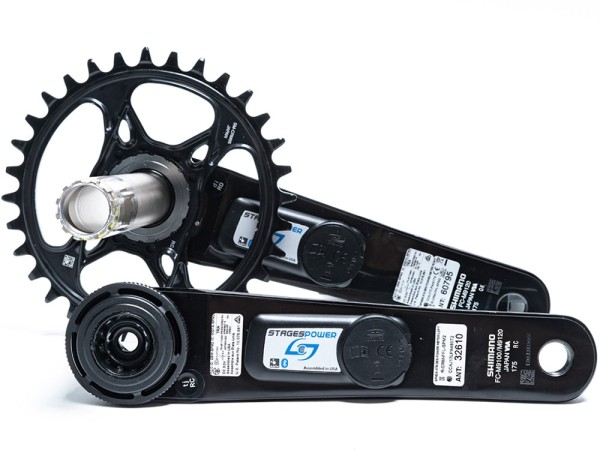
FAQ
What are the different types of power meters?
- Crank-based: Measures power at the crank arm or spider.
- Pedal-based: Attached to the pedals, easy to swap between bikes.
- Hub-based: Integrated into the rear wheel’s hub.
- Chainring-based: Mounted on the chainrings for direct force measurement.
- Bottom bracket: Installed in the bottom bracket shell, measures force transmitted through the bike’s frame.
What type of power meter is best for cycling?
The best type depends on your specific needs. Pedal-based power meters offer ease of installation and portability between bikes, making them great for cyclists who use multiple bikes. Crank-based power meters are known for their accuracy and compatibility with various bike types, suitable for serious training and racing.
How do I choose a power meter for my bike?
- Consider compatibility with your bike and cleat system.
- Think about where you want the power meter (pedal, crank, hub) based on what’s important to you (ease of transfer, accuracy, data insights).
- Decide on your budget and whether you want additional features like Bluetooth connectivity or dual-sided power measurement.
Which is better single or dual sensing power meter?
- Dual-sensing power meters measure power output from both legs separately, providing detailed data on left/right balance and identifying potential imbalances in your pedaling. This can be invaluable for targeted training and injury prevention.
- Single-sensing power meters measure power from one side (usually the left) and double the value to estimate total power. They’re generally less expensive and can be sufficient for many cyclists.
- Dual-sensing power meters offer more comprehensive data, making them better for those focused on detailed performance analytics and improving pedaling efficiency. However, single-sensing power meters still provide a solid estimate of total power output and can be a cost-effective option for many riders.
